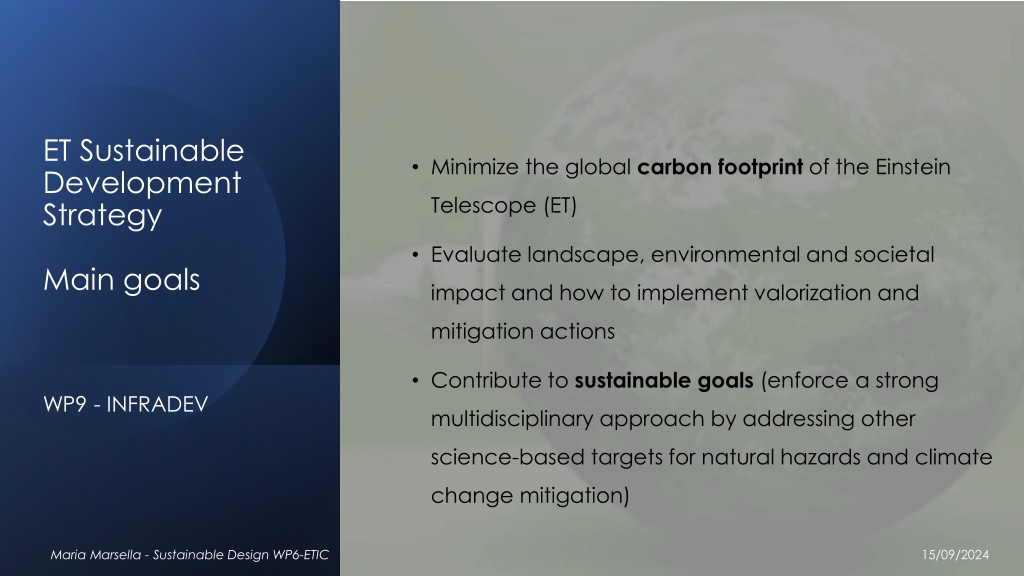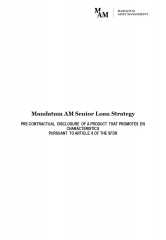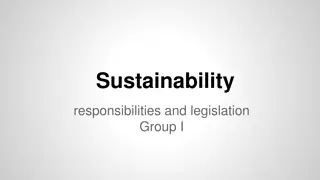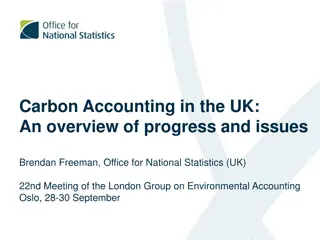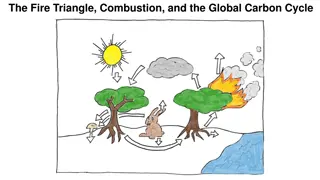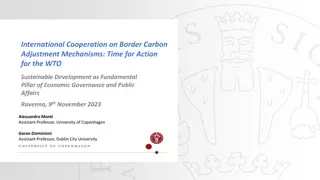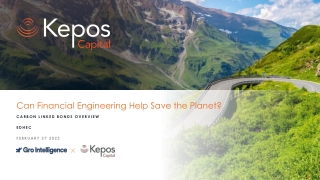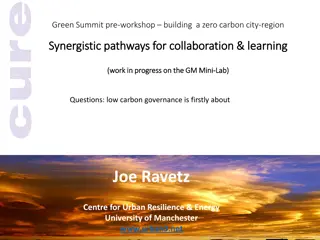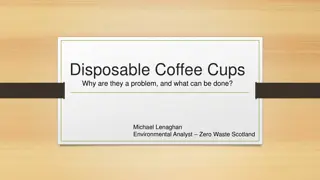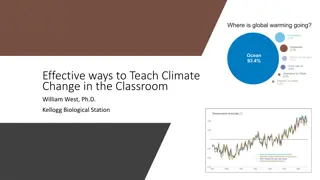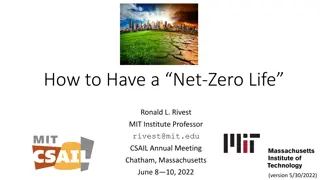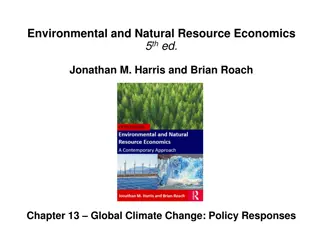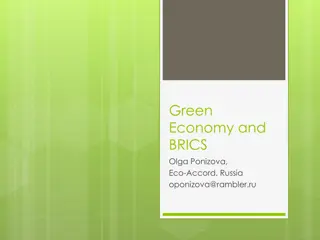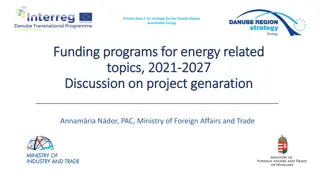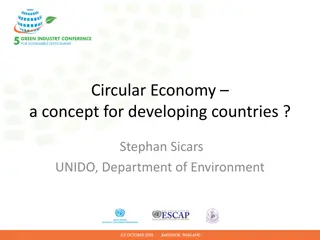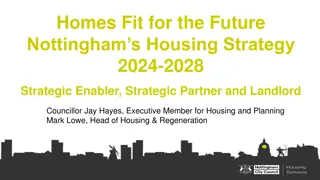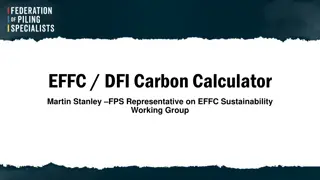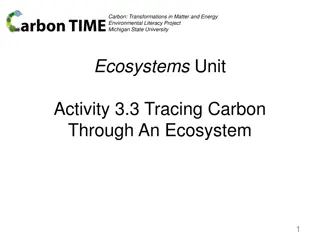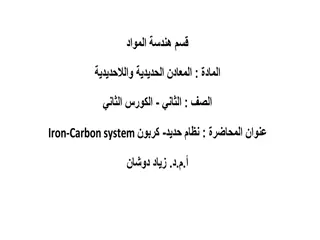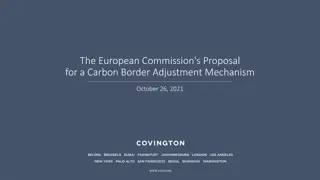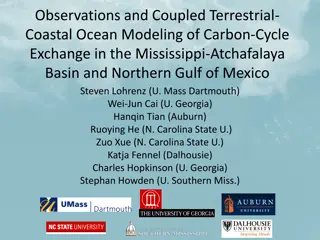ET Sustainable Development Strategy: Minimizing Global Carbon Footprint
In the pursuit of sustainable development, the Einstein Telescope (ET) is focusing on minimizing its global carbon footprint. Maria Marsella leads the efforts to evaluate the environmental, societal, and landscape impacts of this strategy, aiming to implement valorization and mitigation actions. By analyzing the carbon budget and energy optimization, ET aims to reduce its impact during construction and operation stages. Through a multidisciplinary approach involving various infrastructures and simulations, the goal is to contribute to sustainable targets and address natural hazards and climate change mitigation. The strategy includes optimizing energy production and consumption, increasing device efficiency, and harnessing renewable energy sources. Annual power consumption estimates and preliminary evaluations provide insights for further action.
- Sustainable Development
- Carbon Footprint
- Einstein Telescope
- Energy Optimization
- Climate Change Mitigation
Download Presentation

Please find below an Image/Link to download the presentation.
The content on the website is provided AS IS for your information and personal use only. It may not be sold, licensed, or shared on other websites without obtaining consent from the author. Download presentation by click this link. If you encounter any issues during the download, it is possible that the publisher has removed the file from their server.
E N D
Presentation Transcript
ET Sustainable Development Strategy Minimize the global carbon footprint of the Einstein Telescope (ET) Evaluate landscape, environmental and societal Main goals impact and how to implement valorization and mitigation actions Contribute to sustainable goals (enforce a strong WP9 - INFRADEV multidisciplinary approach by addressing other science-based targets for natural hazards and climate change mitigation) Maria Marsella - Sustainable Design WP6-ETIC 15/09/2024
ET Sustainable Development Strategy Estimate Carbon Footprint by collecting all available measurements, Virgo, LVK and other Infrastructures and simulation of running and computing needs for ET topics Maria Marsella - Sustainable Design WP6-ETIC 15/09/2024
ET carbon budget evaluation of ET carbon footprint during both its construction and initial operation stages due to power consumptions of instruments, service plants, computing facilities, and transportations (commuting, supplies, travels) analysis of existing studies GW detectors: LIGO (USA), Virgo at EGO (Italy) and KAGRA (Japan, underground) and simulation of running and computing needs for ET Analysis of surveys made by CERN and SKA ET Sustainable Development Strategy Task 9.1 ET Carbon footprint assessment and mitigation (CNRS, EGO, INFN) Energy production and consumption optimization increasing the efficiency of all devices Reuse energy as possible (e.g. heat from cooling systems) the three main elements of the on-site infrastructure underground constructions, surface buildings and the local computing center Maria Marsella - Sustainable Design WP6-ETIC 15/09/2024
ET carbon budget evaluation of ET carbon footprint during both its construction and initial operation stages due to power consumptions of instruments, service plants, computing facilities, and transportations (commuting, supplies, travels) analysis of existing studies GW detectors: LIGO (USA), Virgo at EGO (Italy) and KAGRA (Japan, underground). Analysis of surveys made by CERN and SKA ET Sustainable Development Strategy 10% of energy in photovoltaics 100 k /year savings Energy production and consumption optimization increasing the efficiency of all devices Reuse energy as possible (e.g. heat from cooling systems) the three main elements of the on-site infrastructure underground constructions, surface buildings and the local computing center Annual power consumption: 3 GWh Daily average power 350 kW Preliminary estimation from EGO Team in WP9 (2 engineers within INFRADEV) Maria Marsella - Sustainable Design WP6-ETIC 15/09/2024
optimize the surface transportation network and design an underground transportation system for personnel and materials, by identifying the paths, the types of users, the vehicles needed, and also by considering the highest safety standards Landscape, environmental and societal impact impact of different scenarios for the design of the underground structures (tunnels, shafts and caverns) to minimize interference with external surface infrastructure networks, urban and natural areas; and optimize connection with existing infrastructure and service plants Task 9.2 Landscape, environmental and societal impact (INFN, EGO, CNRS, Austria, KIT, ZAB) development of integrated processes for environmental assessment evaluation in agreement with local regulations study of the impact on biodiversity and on the hydrologic cycle a global approach for non-hazardous and hazardous waste management and recycling both during the construction and operation phases Maria Marsella - Sustainable Design WP6-ETIC 15/09/2024
Landscape, environmental and societal impact an ET Environmental Protection Steering Board to identify and prioritize environmental areas to be addressed and to propose programs of action, and an ET Energy Management Panel to monitor the ET energy consumption and identify measures to improve efficiency and promote energy re-use. actions will be developed in the framework of the environmental protection regulations of the ET hosting and member states. Task 9.2 ET Environmental Protection Strategy Maria Marsella - Sustainable Design WP6-ETIC 15/09/2024
ET will extend its sensibility down to the Hz range- It will be necessary to deploy surface and underground distributed or mobile monitoring networks to measure low frequency seismic activity and other vibrations (e.g., sea waves), electromagnetic noise and atmospheric pressure variations that may have an impact on GW measurements. Through these monitoring systems developed for the ET noise mitigation strategy other atmospheric sciences can be supported also developing specific machine and deep learning techniques for data analysis. ET can become an interdisciplinary and technological hub open to a variety of collaborations with geoscientists, electromagnetic and data science expert and contribute to the studies on natural hazards and climate changes Contribution to sustainable goals studies in geosciences and Task 9.3 Maria Marsella - Sustainable Design WP6-ETIC 15/09/2024
Improvement of local roads and connection with the main network infrastructure for access to the site Recovery of construction site tracks to increase the paths and constitute a network of cycle paths Development of lighting systems with solar systems Improving digital connection infrastructures through road Ancillary works post- construction Maria Marsella - Sustainable Design WP6-ETIC 15/09/2024
